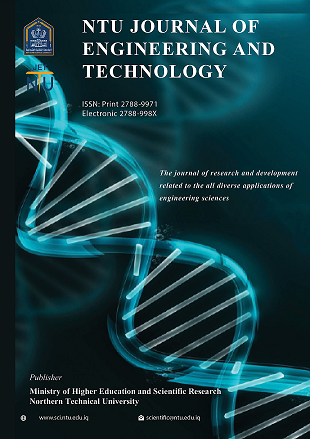Seismic Guardians: Redefining Shear Walls for Unshakable Residential Structures
DOI:
https://doi.org/10.56286/7vn1h352Keywords:
Shear walls, multi-story residential buildings, seismic performance, structural integrity, lateral support.Abstract
This thorough analysis provides a detailed overview of developments, obstacles, and future prospects in this important field of structural engineering by synthesizing current works on shear wall design for seismic protection in multi-story residential structures. Shear walls are discussed in terms of location, organization, and creative design strategies. Shear walls are essential for resisting lateral stresses and guaranteeing stability during seismic occurrences. Shear walls arranged in a central core are shown to be helpful in minimizing top-story displacement during seismic activity. Studies on materials show improved strength, ductility, and stiffness, such as corrugated steel plates. The article includes experiments that investigate the behavior of shear walls under different loading scenarios, including information on aspects ratio effects, overturning resistance, and the connection between panel height and drift/shear strength. The impact of anchoring solutions on wall movement is closely examined. Furthermore, research using computer tools such as STAAD.Pro and ETABS provide quantifiable data on the behavior of buildings, highlighting the beneficial effect of shear walls in minimizing displacement.
Additional Files
Published
Issue
Section
License
Copyright (c) 2025 Anmar Al-Hamdany, Hussam Ali Mohammed

This work is licensed under a Creative Commons Attribution 4.0 International License.











